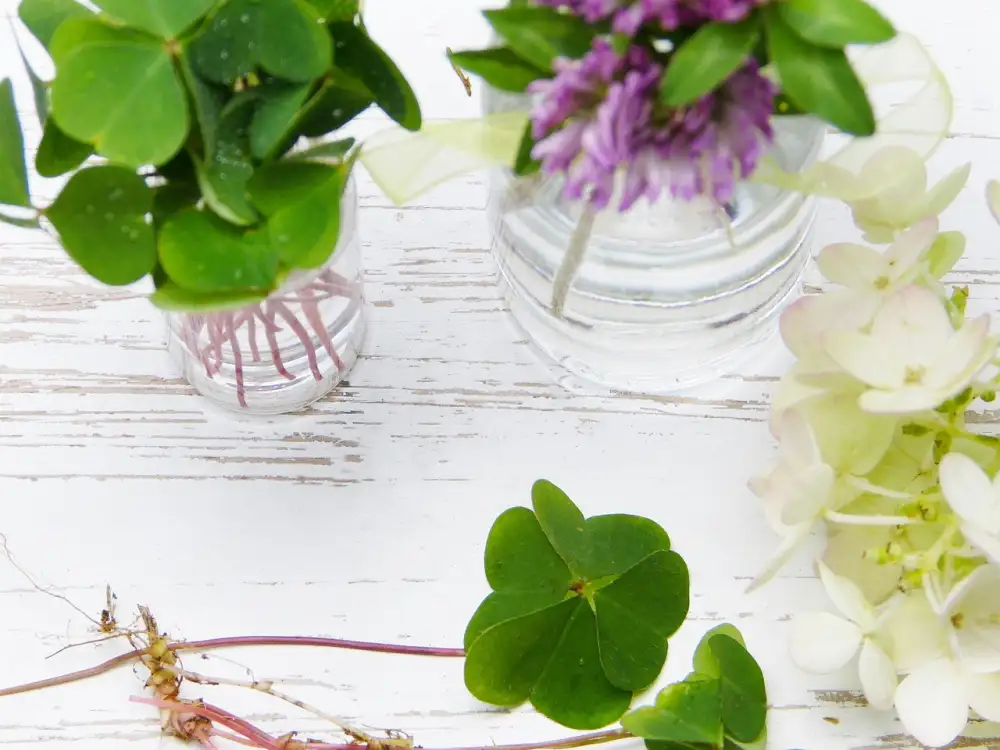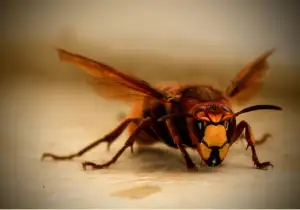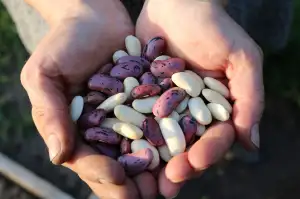Mastering Hydrangea Care: Essential Tips for Thriving Blooms at Home

Hydrangeas are popular flowering shrubs known for their large, showy blooms that come in a variety of colors including blue, pink, purple, and white. They thrive in temperate climates and are relatively easy to care for, making them a favorite among gardeners. With over 70 different species, hydrangeas offer a range of sizes and shapes to suit any garden landscape. These versatile plants can be grown in gardens or containers, adding beauty and charm to any outdoor space.
Selecting the Right Location
Selecting the right location is crucial for the successful growth of hydrangeas. These plants thrive in well-draining soil that is rich in organic matter. Choose a spot with partial shade to protect the plant from harsh afternoon sun, especially in hotter climates. Hydrangeas prefer morning sun and afternoon shade or dappled light throughout the day. Avoid planting them in areas with strong winds, as this can damage their delicate blooms and foliage. Additionally, ensure there is enough space for the hydrangea to grow without being overcrowded by other plants. By selecting a suitable location, you set your hydrangeas up for healthy and vibrant growth.
Watering Hydrangeas
Watering hydrangeas is crucial for their overall health and blooming success. These plants prefer consistently moist soil, but not waterlogged. Hydrangeas generally need about 1 inch of water per week, either from rainfall or manual watering. During hot weather, they may require more frequent watering to prevent wilting. It's best to water deeply at the base of the plant in the morning to allow foliage to dry before evening, reducing the risk of fungal diseases. Mulching around hydrangeas can help retain moisture and regulate soil temperature, aiding in water retention.
Fertilizing Hydrangeas
Fertilizing hydrangeas is essential for promoting healthy growth and vibrant blooms. Opt for a balanced, slow-release fertilizer with equal parts nitrogen, phosphorus, and potassium. Apply the fertilizer in early spring before new growth appears, following the instructions on the package. Avoid over-fertilizing as it can lead to excessive foliage growth at the expense of flowers. A yearly application of compost or well-rotted manure around the base of the plant can also provide beneficial nutrients for your hydrangeas. Remember to water thoroughly after fertilizing to help nutrients reach the roots effectively.
Pruning Hydrangeas
Pruning hydrangeas is essential for maintaining their health and promoting optimal growth and blooms. The timing of pruning depends on the type of hydrangea you have. For mophead and lacecap hydrangeas, which bloom on old wood, it's best to prune right after they finish flowering in late summer. Simply remove any dead or weak stems to encourage new growth.
For panicle and smooth hydrangeas that bloom on new wood, pruning can be done in late winter or early spring before new growth appears. Cut back about one-third of the oldest stems to the base to rejuvenate the plant. Avoid heavy pruning as it can reduce flowering.
Remember not to prune too late in the season as this can remove potential flower buds for next year. By following these guidelines, you'll help your hydrangeas thrive and produce beautiful blooms year after year.
Protecting Hydrangeas in Winter
As the cold weather sets in, it's crucial to protect your hydrangeas from harsh winter conditions. One key method is to apply a thick layer of mulch around the base of the plant. This helps insulate the roots and retain moisture during the winter months. Additionally, consider wrapping burlap or a protective fabric around the shrub to shield it from strong winds and frost. Avoid pruning your hydrangeas in late fall, as this can stimulate new growth that may not have time to harden off before winter hits. By taking these precautions, you can help ensure your hydrangeas survive the winter and thrive come springtime.
Dealing with Common Hydrangea Pests and Diseases
Hydrangeas are generally hardy plants, but they can still fall victim to pests and diseases. One common issue is powdery mildew, a fungal disease that appears as a white powdery substance on the leaves. To prevent this, ensure good air circulation around your plants and avoid overhead watering. Aphids are another common pest that can affect hydrangeas, sucking sap from the plant and causing distorted growth. To combat aphids, you can use insecticidal soap or neem oil. Keep an eye out for spider mites as well, which can be treated with a strong blast of water to dislodge them from the plant. Regularly inspecting your hydrangeas for signs of pests and diseases will help you catch any issues early and keep your plants healthy and beautiful.
To ensure your hydrangeas remain healthy and vibrant, remember to water them deeply but infrequently, especially during hot summer months. Choose the right location with adequate sunlight and well-draining soil. Use a balanced fertilizer to promote strong growth and abundant blooms. Prune your hydrangeas at the correct time of year to encourage new growth. Protect them from harsh winter conditions by mulching around the base of the plant. Lastly, monitor for common pests and diseases, treating promptly if detected. By following these tips, you can enjoy thriving hydrangeas in your garden all season long.
Published: 30. 03. 2024
Category: Home



